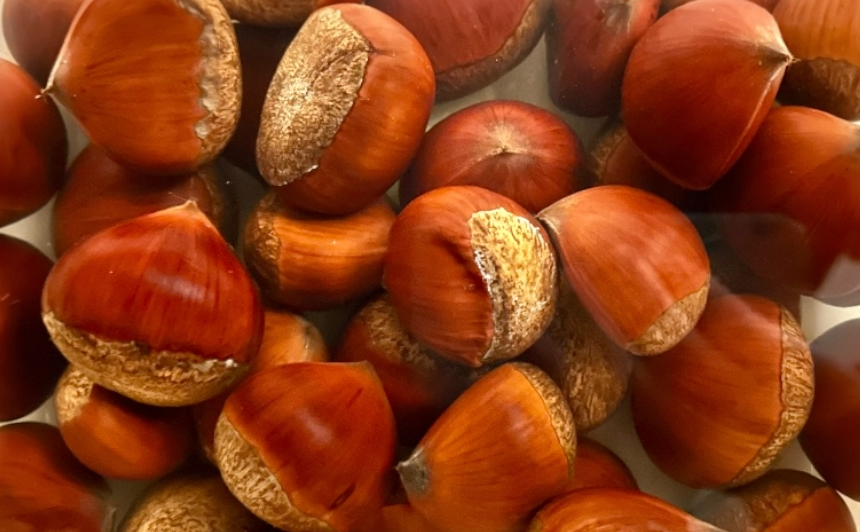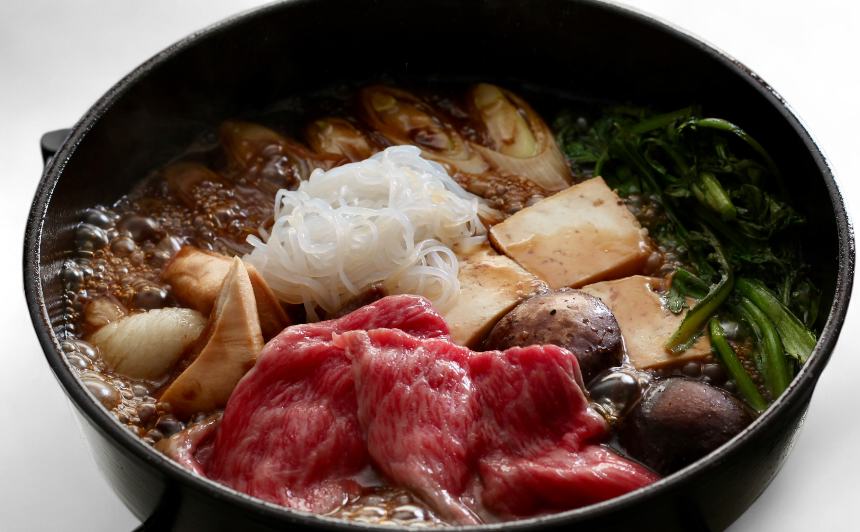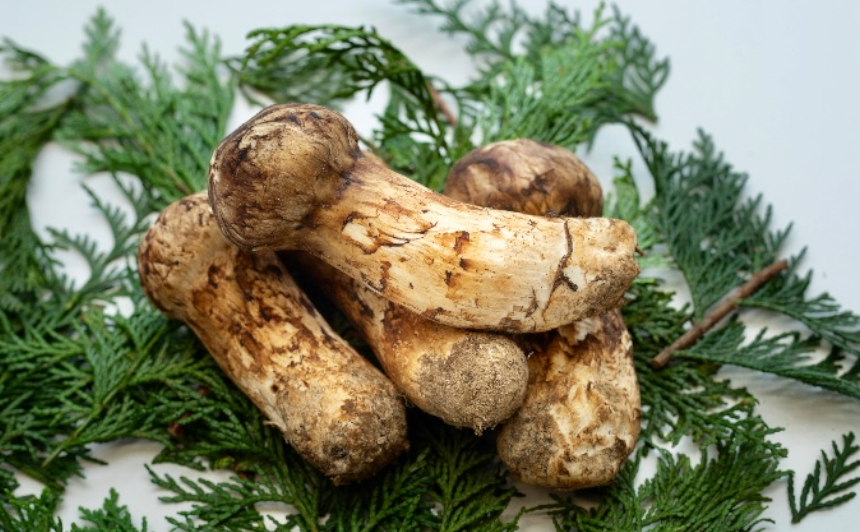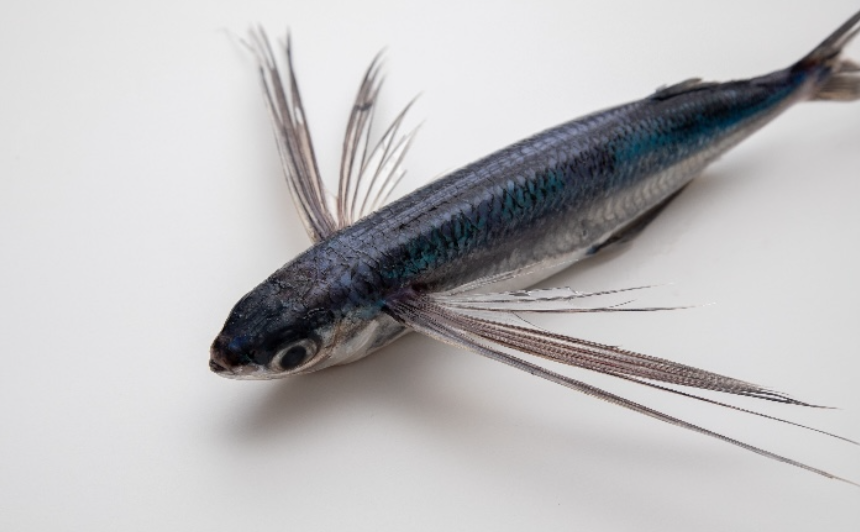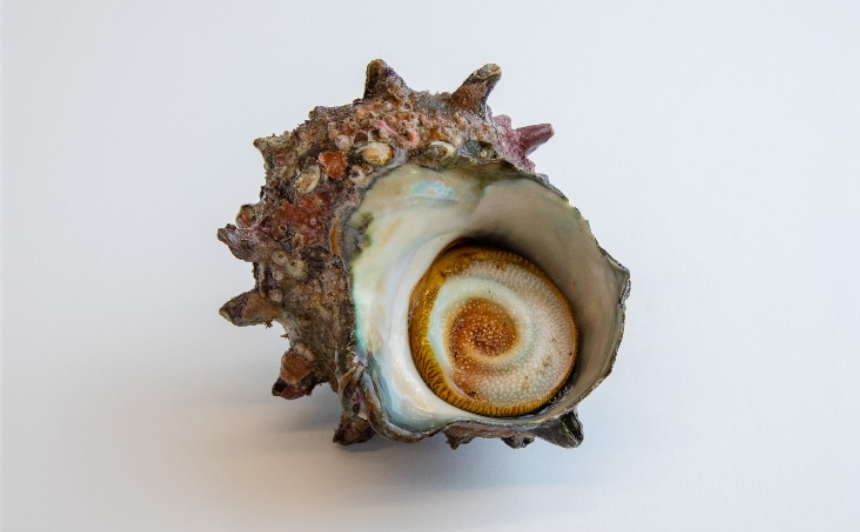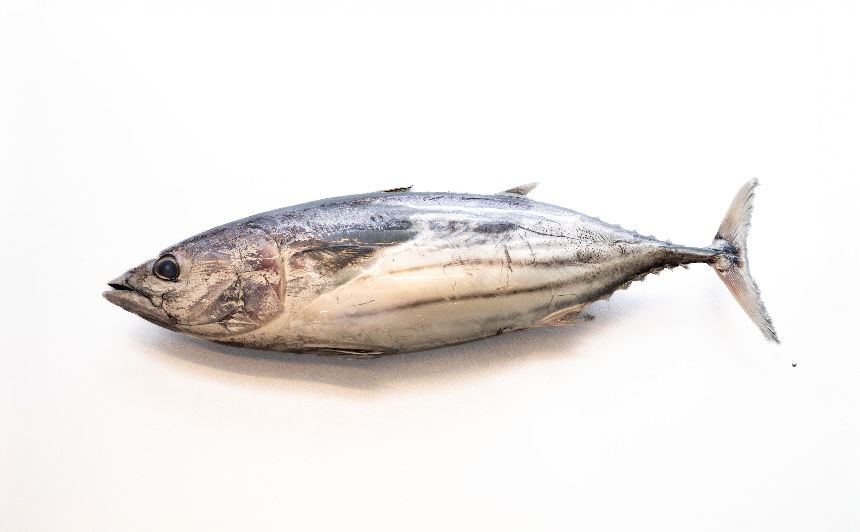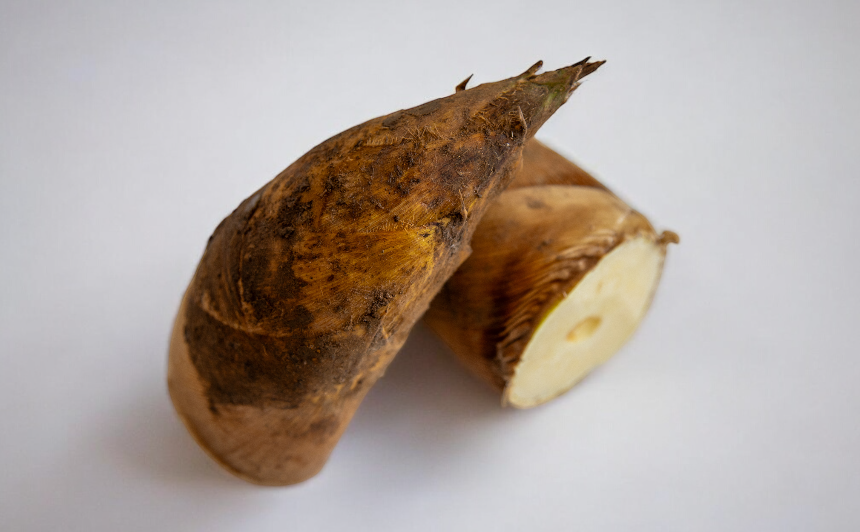ingredients– tag –
-

October — “Chestnuts”
I still remember going chestnut picking when I was a kid. They were probably wild mountain chestnuts—small ones wrapped in spiky burrs that hurt when you touched them. I used to nudge the burrs open with my shoe and pick the nuts out car... -

No Gyunabe, Not Cool: The Surprising Origins of Sukiyaki
When you think of beef, what Japanese washoku dish comes to mind? Many of you might say “sukiyaki.” Interestingly, sukiyaki is not a traditional Japanese dish – it came about during the Meiji period. Back then, it was called "gyunabe" or... -

September – “Matsutake Mushrooms”
Matsutake mushrooms are one of the true tastes for the upcoming season in Japan, much-loved for their unique fragrance. For many Japanese, it’s a wonderful aroma, but because smell preferences can be a cultural thing, I’ve heard some peo... -

A Story of “Somen” in Shodoshima
As a child, I spent every summer vacation visiting different places across Japan with my family. My parents took us along on trips to discover new ingredients. One of these trips landed me in Shodoshima, the smallest island in the countr... -

August – ”Edamame”
Edamame are young, green soybeans, with another name "azemame" (meaning “ridge beans”) in Japan, where farmers used to plant them along the ridges of rice paddies to protect the embankments. When you are boiling edamame, the main tip is ... -

July-”Flying Fish”
July-”Flying Fish” Flying fish (”Tobiuo”) are in season during the summer. When you're out on a boat on a hot summer day, the chances are you might see fish flying high and racing along at about the same speed. These are flying fish. Lik... -

Ayu: Japan’s Beloved ”Fragrant Fish” – Its Charm and How to Enjoy It
Did you know there's a fish unique to Japan? It's called "ayu," or sweetfish. Japanese love Ayu because it's a national fish, endemic to Japan. It can be found in parts of China and Taiwan, but Japan boasts the largest population of Ayu.... -

Jun “Turban Shells”
“Sazae,” or turban shells, are typical marine snails that you might start spotting around April and May, when sea temperatures go up. During this time, these snails become more active, making it easier to catch them. In the past, many sa... -

May “Bonito”
Bonito, or “katsuo” is one of the staple foods in Japanese cuisine, with a history dating back to the ”Nihon Shoki,” one of Japan’s oldest historical records. The very first dish ever in the country is ”katsuo namasu,” sliced raw bonito ... -

Many Ttypes of “Takenoko (Bamboo Shoots)”ー”The Flavor of Spring” in Japan
When spring arrives, "wakatake-ni" is one dish that comes to mind - a delicious mix of simmered bamboo shoots and wakame seaweed. The dish packs plenty of aroma from bamboo shoots to enjoy. “Takenoko," a Japanese term for bamboo shoots, ...
12

